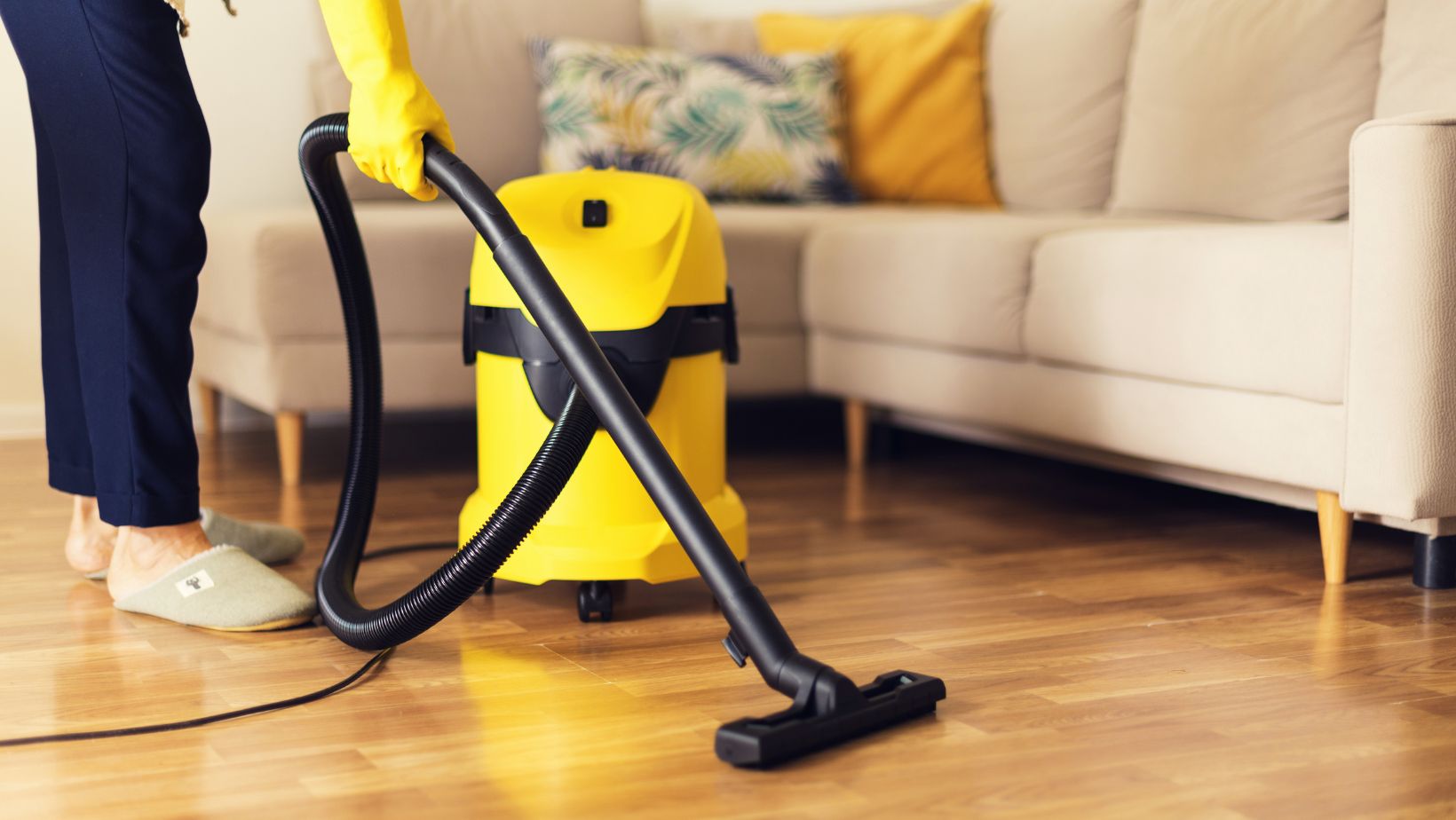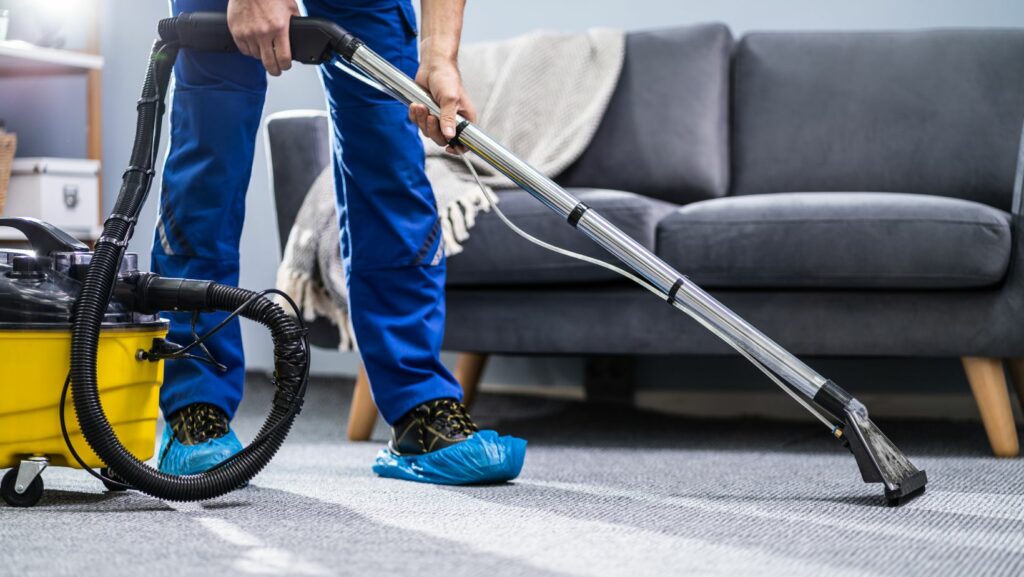Table of Contents
ToggleHow is Vacuum Suction Measured
When it comes to measuring vacuum suction, there are several methods that can be employed. One common approach is using a device called a manometer, which measures the pressure difference between atmospheric pressure and the vacuum. This measurement is typically expressed in units such as inches of mercury (inHg) or millimetres of mercury (mmHg). Another method involves using a vacuum gauge, which directly measures the pressure within the vacuum system.
However, it’s important to note that there are certain drawbacks associated with measuring vacuum suction. One limitation is that these measurements may not always accurately reflect the actual performance of a vacuum system in real-world conditions. Factors such as leaks, temperature variations, and equipment limitations can affect the precision and reliability of the measurements.
Another drawback is that different types of vacuums require different measuring techniques. For example, some vacuums operate under positive displacement while others use kinetic energy for suction. This means that there isn’t a one-size-fits-all approach to measuring vacuum suction, making it crucial to choose an appropriate method based on the specific type of vacuum being used.
Different Methods of Vacuum Suction Measurement
When it comes to measuring vacuum suction, there are several methods that professionals rely on. Each method has its own advantages and drawbacks, which I’ll discuss in this section. Let’s dive into the different ways vacuum suction is measured:
- Manometer: A manometer is a commonly used device for measuring vacuum levels. It works by comparing the pressure inside a vacuum system with atmospheric pressure. This method provides accurate results and is relatively easy to use. However, one drawback of using a manometer is that it requires calibration and regular maintenance to ensure accuracy.
- Pressure Transducers: Another method for measuring vacuum suction is through pressure transducers. These devices convert pressure into an electrical signal that can be easily read and recorded by an instrument or computer system. Pressure transducers offer high precision and are suitable for both low and high-pressure applications. Nevertheless, they can be more expensive compared to other measurement methods.
- Flow Rate Measurement: In some cases, instead of directly measuring the vacuum level, professionals may opt to measure the flow rate of gas or liquid being pulled into the vacuum system. By monitoring the flow rate, they can indirectly assess the efficiency of the suction process. While this method provides valuable information about performance, it may not give a precise measurement of actual vacuum levels.
- Thermal Conductivity Gauges: Thermal conductivity gauges utilize heat transfer principles to determine pressure levels in a vacuum system. These gauges work by heating up a wire element inside a sensor tube and measuring how much heat is dissipated due to gas molecules present in the system at different pressures. Although thermal conductivity gauges are sensitive and reliable, they require periodic calibration to maintain accuracy.
- Pirani Gauge: The Pirani gauge operates based on the principle that as gas molecules collide with heated filaments within the gauge, their thermal conductivity changes proportionately with pressure levels. This change in resistance allows for the measurement of vacuum levels. Pirani gauges are cost-effective and widely used, but they may not be suitable for measuring very low pressures accurately.

Pros and Cons of Pressure Gauges
When it comes to measuring vacuum suction, pressure gauges play a crucial role. They provide valuable information about the level of pressure in a system, helping us assess its efficiency and performance. However, like any tool, pressure gauges have their own set of pros and cons that should be considered.
Pros:
- Accurate Measurement: Pressure gauges are designed to provide precise readings, allowing us to determine the exact level of vacuum suction in a system. This accuracy is essential for maintaining optimal performance and ensuring proper functioning.
- Versatility: Pressure gauges come in various types and models, making them adaptable to different applications and industries. Whether it’s industrial machinery or scientific equipment, there is a pressure gauge suitable for every need.
- Real-time Monitoring: With pressure gauges installed in the system, we can monitor the vacuum suction levels in real-time. This continuous monitoring helps detect any fluctuations or abnormalities promptly, enabling timely adjustments or maintenance.
Cons:
- Limited Range: Pressure gauges have a specific range within which they can measure accurately. If the vacuum suction falls outside this range, the readings may become unreliable or even inaccurate altogether. It’s crucial to choose a pressure gauge with an appropriate range for your specific application.
- Sensitivity to Environmental Factors: External factors such as temperature variations or vibrations can affect the accuracy of pressure gauge readings. These factors may introduce errors or distortions in measurements if not properly accounted for during installation or calibration.
- Potential for Damage: Depending on the environment where they are used, pressure gauges can be susceptible to damage from harsh chemicals, extreme temperatures, or physical impact. Regular maintenance and proper protection are necessary to ensure their longevity and reliability.

